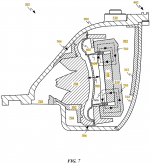It looks like Apple Computer has embraced:
1) horns
2) coentrant horns
3) phase plugs
Here's the patent they filed about seven months ago:
US10728652B2 - Adaptive array speaker
- Google Patents
This is a looooooooong patent.
From what I can see, the most obvious improvements are that the seven mid/hi drivers have a more sophisticated phase plug than the previous design.
From the looks of the BEM sims in the patent, it looks like Apple is trying to create a ring-shaped wavefront at the exit of the horn at the base of the Homepod. The idea is to basically have the Homepod behave like a ribbon tweeter, except it's a ring-shaped ribbon tweeter. Of course, the advantage here is that you can have the speaker play omnidirectionally, but you can also 'aim' the sound.

Bang & Olufsen got here first, in 2006. I met Geoff Martin when he demo'd these for the first time. (Had to sneak in to the demo, I am a scofflaw!)
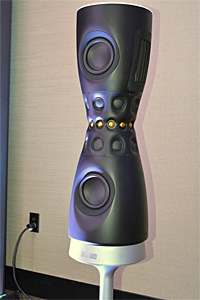
A year later, Harman showed off Horbach's SL-1
Apple is also using asymmetric pathlengths. IMHO, this may be a tip of the hat to Alexander Voishvillo over at Samsung/JBL/Harman. They're using asymmetry all over the place these days. I'm guessing they're doing this to reduce resonant peaks in their phase plugs and waveguides, as symmetry often contributes to resonant peaks and dips. (Same reason the Danley tapped horns are smoother than a conventional FLH of the same size.)
Some JBL designs:
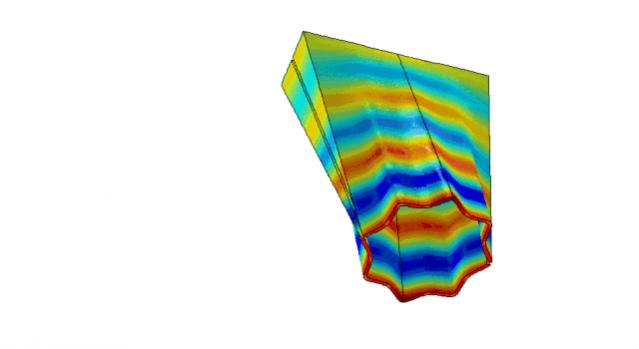
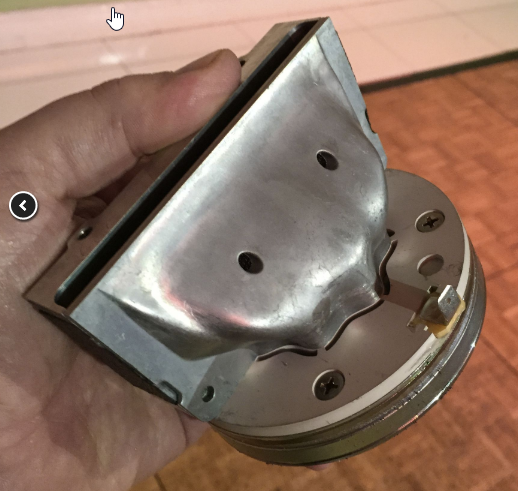
Cool stuff. Who would have ever expected Apple Computer to be selling horn loudspeakers?
1) horns
2) coentrant horns
3) phase plugs
Here's the patent they filed about seven months ago:
US10728652B2 - Adaptive array speaker
- Google Patents
This is a looooooooong patent.
From what I can see, the most obvious improvements are that the seven mid/hi drivers have a more sophisticated phase plug than the previous design.
From the looks of the BEM sims in the patent, it looks like Apple is trying to create a ring-shaped wavefront at the exit of the horn at the base of the Homepod. The idea is to basically have the Homepod behave like a ribbon tweeter, except it's a ring-shaped ribbon tweeter. Of course, the advantage here is that you can have the speaker play omnidirectionally, but you can also 'aim' the sound.

Bang & Olufsen got here first, in 2006. I met Geoff Martin when he demo'd these for the first time. (Had to sneak in to the demo, I am a scofflaw!)
A year later, Harman showed off Horbach's SL-1
Apple is also using asymmetric pathlengths. IMHO, this may be a tip of the hat to Alexander Voishvillo over at Samsung/JBL/Harman. They're using asymmetry all over the place these days. I'm guessing they're doing this to reduce resonant peaks in their phase plugs and waveguides, as symmetry often contributes to resonant peaks and dips. (Same reason the Danley tapped horns are smoother than a conventional FLH of the same size.)
Some JBL designs:
Cool stuff. Who would have ever expected Apple Computer to be selling horn loudspeakers?
Attachments
-
 2021-01-23 15_47_37-US10728652B2 - Adaptive array speaker - Google Patents.png361.8 KB · Views: 388
2021-01-23 15_47_37-US10728652B2 - Adaptive array speaker - Google Patents.png361.8 KB · Views: 388 -
 2021-01-23 15_40_17-US10728652B2 - Adaptive array speaker - Google Patents.png351.1 KB · Views: 205
2021-01-23 15_40_17-US10728652B2 - Adaptive array speaker - Google Patents.png351.1 KB · Views: 205 -
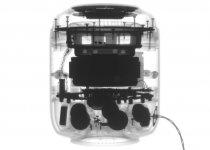 HomePod-teardown-iFixit-009-768x549.jpg27.6 KB · Views: 199
HomePod-teardown-iFixit-009-768x549.jpg27.6 KB · Views: 199 -
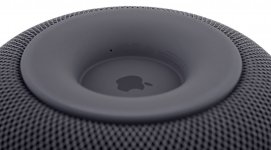 HomePod-teardown-iFixit-010.jpg178.4 KB · Views: 173
HomePod-teardown-iFixit-010.jpg178.4 KB · Views: 173
The measurements of the Homepod are basically ridiculous:
Apple HomePod Measurement | Audio Science Review (ASR) Forum
I heard the Homepod at an Apple store and I was underwhelmed. From reading the review, it looks like it's not going to work well unless calibrated. I'm willing to bet the Apple Store didn't bother to do this.
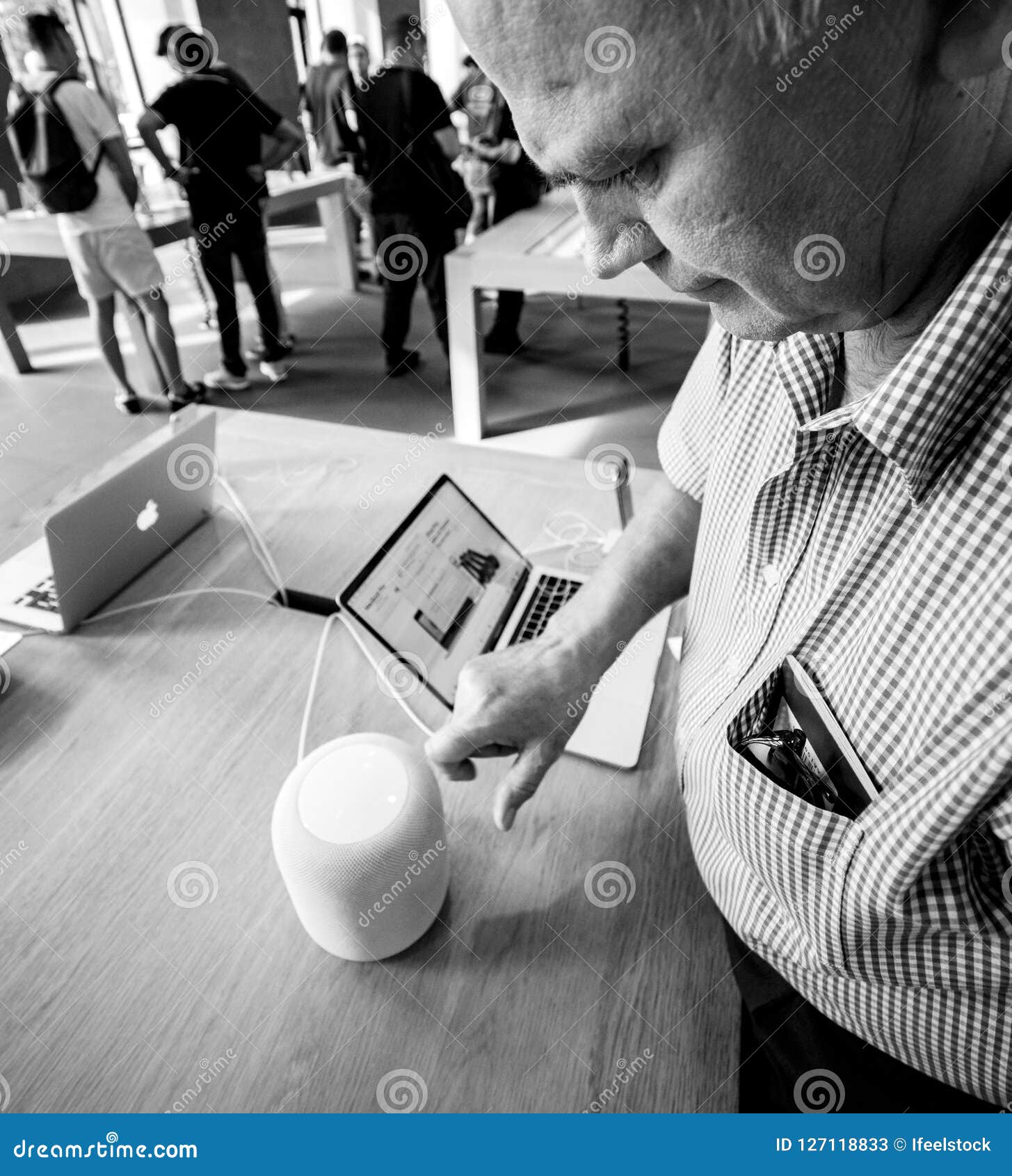
Also, if you demo it like this (which I'll bet a lot of people do) the high frequencies are literally aimed at your waist.
It looks like these really need to be set up at a proper listening height, calibrated, and listened to like you'd listen to a conventional two-way speaker. (IE, at the height of the loudspeaker and at a distance of two meters or more.)
If you just drop an Apple Homepod on a desk or table and listen to it with the speaker half a meter below your ear height, it's not going to be at it's best.
Apple HomePod Measurement | Audio Science Review (ASR) Forum
I heard the Homepod at an Apple store and I was underwhelmed. From reading the review, it looks like it's not going to work well unless calibrated. I'm willing to bet the Apple Store didn't bother to do this.

Also, if you demo it like this (which I'll bet a lot of people do) the high frequencies are literally aimed at your waist.
It looks like these really need to be set up at a proper listening height, calibrated, and listened to like you'd listen to a conventional two-way speaker. (IE, at the height of the loudspeaker and at a distance of two meters or more.)
If you just drop an Apple Homepod on a desk or table and listen to it with the speaker half a meter below your ear height, it's not going to be at it's best.
The phase plug design of the new Homepod makes my head hurt.
From what I can see, they're using unequal pathlengths in the phase plug, to equalize the pathlengths at the entrance of the horn.
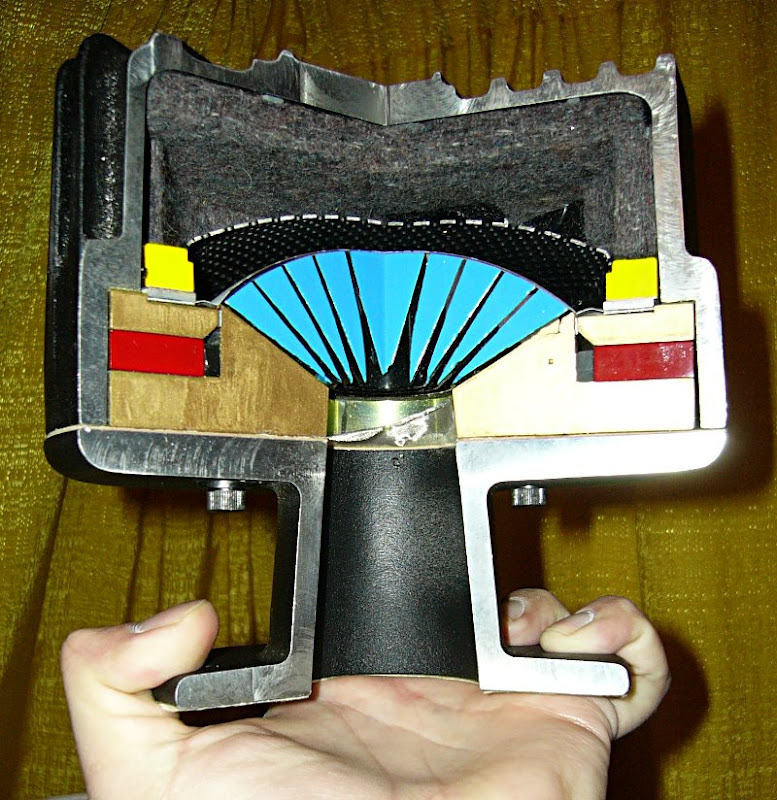
In other words, a conventional compression driver phase plug has the exit in FRONT of the compression driver. The phase plug in the (not yet released) HomePod 2.0 (or whatever Apple plans on calling it) has a phase plug on all seven midrange/tweeters. But the drivers are arranged at an angle of about 100 degrees off axis from the horn. So the phase plug in "HomePod 2.0" must use unequal pathlengths. Basically the path at the bottom of the midrange/tweeter must be lengthened to compensate for the fact it's closer to the throat of the horn.
From the patent:
"FIG. 2C shows an interior schematic view of a lower region of array speaker 100. FIG. 2C depicts how diaphragm 207 associated with one of audio driver assemblies 202 can be configured to emit audio through a number of vertical slots 233 defined by lower housing component 208. Dashed lines 234 depicted within rectangular channel 206 and audio exit channel 212 represent sound waves generated by diaphragm 207. In particular, dashed lines 234 are depicted turning within different regions of rectangular channel 206 and audio exit channel 212. These channels are shaped deliberately to minimize destructive interference that could negatively affect the quality and/or volume produced by vibration of diaphragm 207. For example, the turns in the audio channels direct acoustic waves in ways that preserve coherent wave fronts along the length of the audio channels. The shape of the audio channels also helps to direct the audio waves in a direction 236 oriented radially outward and upward, which results in spherically expanding wavefronts moving away from the supporting surface upon which lower housing component 208 rests. While audio waves are depicted two dimensionally by dashed lines 234 it should be appreciated that the audio waves have a three dimensional profile that extends circumferentially within and outside of lower housing component 208. FIG. 2C also shows how audio waves generated by diaphragm 602 turn in a direction substantially orthogonal to an original direction in which the audio waves are initially generated. For example, audio waves could shift 70 to 80 degrees in direction before exiting driver housing 204 through audio exit opening 710."
From what I can see, they're using unequal pathlengths in the phase plug, to equalize the pathlengths at the entrance of the horn.

In other words, a conventional compression driver phase plug has the exit in FRONT of the compression driver. The phase plug in the (not yet released) HomePod 2.0 (or whatever Apple plans on calling it) has a phase plug on all seven midrange/tweeters. But the drivers are arranged at an angle of about 100 degrees off axis from the horn. So the phase plug in "HomePod 2.0" must use unequal pathlengths. Basically the path at the bottom of the midrange/tweeter must be lengthened to compensate for the fact it's closer to the throat of the horn.
From the patent:
"FIG. 2C shows an interior schematic view of a lower region of array speaker 100. FIG. 2C depicts how diaphragm 207 associated with one of audio driver assemblies 202 can be configured to emit audio through a number of vertical slots 233 defined by lower housing component 208. Dashed lines 234 depicted within rectangular channel 206 and audio exit channel 212 represent sound waves generated by diaphragm 207. In particular, dashed lines 234 are depicted turning within different regions of rectangular channel 206 and audio exit channel 212. These channels are shaped deliberately to minimize destructive interference that could negatively affect the quality and/or volume produced by vibration of diaphragm 207. For example, the turns in the audio channels direct acoustic waves in ways that preserve coherent wave fronts along the length of the audio channels. The shape of the audio channels also helps to direct the audio waves in a direction 236 oriented radially outward and upward, which results in spherically expanding wavefronts moving away from the supporting surface upon which lower housing component 208 rests. While audio waves are depicted two dimensionally by dashed lines 234 it should be appreciated that the audio waves have a three dimensional profile that extends circumferentially within and outside of lower housing component 208. FIG. 2C also shows how audio waves generated by diaphragm 602 turn in a direction substantially orthogonal to an original direction in which the audio waves are initially generated. For example, audio waves could shift 70 to 80 degrees in direction before exiting driver housing 204 through audio exit opening 710."
Attachments
Last edited:
One can see some of the designers original work on these ideas, in the article he wrote named "Wavefront Measurement in Horn Bends" from 2006.
Patrick,
I had acquired some of the horn tweeters for some experimentation. I am proposing an application that you have brought up in relating to car audio and directivity. I am thinking that 3 units could be put into each corner of a car dash. This would create about a 100 degree beamwidth spread (or two for a narrower spread). A waveguide would be constructed, similar to the existing homepod wave guide. You can now adjust and tweek the directivity for best imaging. The idea that the middle of the three transducers would be slightly louder so you have equal amplitude for driver and passenger.
Add on to that the OPSODIS concept, use two for the center tweeter (or a saulsalito lens)
Dr. Suad
I had acquired some of the horn tweeters for some experimentation. I am proposing an application that you have brought up in relating to car audio and directivity. I am thinking that 3 units could be put into each corner of a car dash. This would create about a 100 degree beamwidth spread (or two for a narrower spread). A waveguide would be constructed, similar to the existing homepod wave guide. You can now adjust and tweek the directivity for best imaging. The idea that the middle of the three transducers would be slightly louder so you have equal amplitude for driver and passenger.
Add on to that the OPSODIS concept, use two for the center tweeter (or a saulsalito lens)
Dr. Suad
